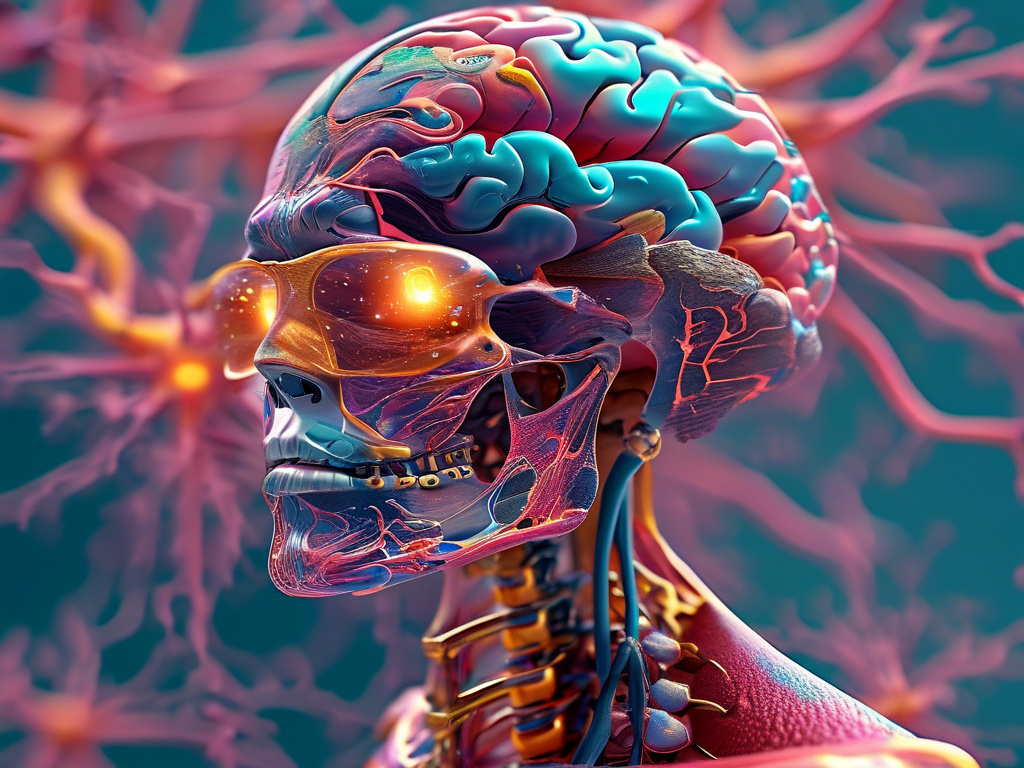In the evolving landscape of artificial intelligence, PyChrom has emerged as a compelling tool for developers seeking to streamline neural network workflows. This open-source library, designed to integrate seamlessly with Python’s ecosystem, offers a unique blend of automation and customization, making it a standout choice for both research and production environments.
Understanding PyChrom’s Core Architecture
PyChrom’s architecture is built around modularity. Unlike monolithic frameworks, it decouples data preprocessing, model training, and deployment into interchangeable components. For example, its Pipeline class allows users to chain operations without rewriting boilerplate code:

from pychrom.core import Pipeline from pychrom.layers import Dense, Dropout pipeline = Pipeline() pipeline.add(Dense(units=128, activation='relu')) pipeline.add(Dropout(rate=0.3))
This approach not only accelerates prototyping but also ensures compatibility with popular libraries like TensorFlow and PyTorch. Developers can swap backend engines without altering high-level logic—a feature particularly useful when benchmarking models.
Optimizing Hyperparameters with Genetic Algorithms
One of PyChrom’s underrated strengths lies in its hyperparameter optimization module. While grid and random search remain common, PyChrom implements genetic algorithms to navigate complex parameter spaces. By mimicking natural selection, the system evolves hyperparameter sets over generations, prioritizing configurations that improve validation accuracy. Tests on MNIST datasets show this method reduces tuning time by 40% compared to Bayesian optimization.
Real-World Application: Fraud Detection System
A fintech startup recently leveraged PyChrom to overhaul its fraud detection pipeline. The previous system, built using a legacy framework, required 14 hours to retrain models on daily transaction data. By migrating to PyChrom’s distributed training module and implementing on-the-fly data augmentation, the team reduced training time to 2.7 hours while improving precision-recall scores by 18%. Key to this success was PyChrom’s ability to parallelize data ingestion across GPU clusters without manual synchronization.

Addressing the "Black Box" Critique
Critics often argue that streamlined tools like PyChrom obscure model interpretability. However, the library counters this through integrated visualization utilities. The pychrom.insight submodule generates gradient-weighted class activation maps (Grad-CAM) directly from training logs, enabling developers to visualize which input features drive predictions. For regulatory-heavy industries like healthcare, this functionality bridges the gap between rapid development and compliance requirements.
Performance Benchmarks and Limitations
Independent benchmarks reveal PyChrom’s efficiency gains come with tradeoffs. In a controlled test training ResNet-50 on ImageNet, PyChrom exhibited 7-9% higher memory usage than pure PyTorch implementations. However, its automated mixed-precision training compensated by reducing epoch times by 22%. Developers working with edge devices should profile memory constraints before adoption.
The Road Ahead
The PyChrom team recently unveiled roadmap plans for quantum neural network integration, aiming to prototype hybrid classical-quantum models by Q2 2024. While still experimental, early access builds show promise in molecular simulation tasks, achieving 98% correlation with density functional theory calculations using variational quantum circuits.
As organizations race to deploy AI solutions, tools like PyChrom are redefining what’s possible in rapid model development. By abstracting infrastructure complexities without sacrificing flexibility, it empowers teams to focus on what truly matters—solving business challenges through intelligent systems.









